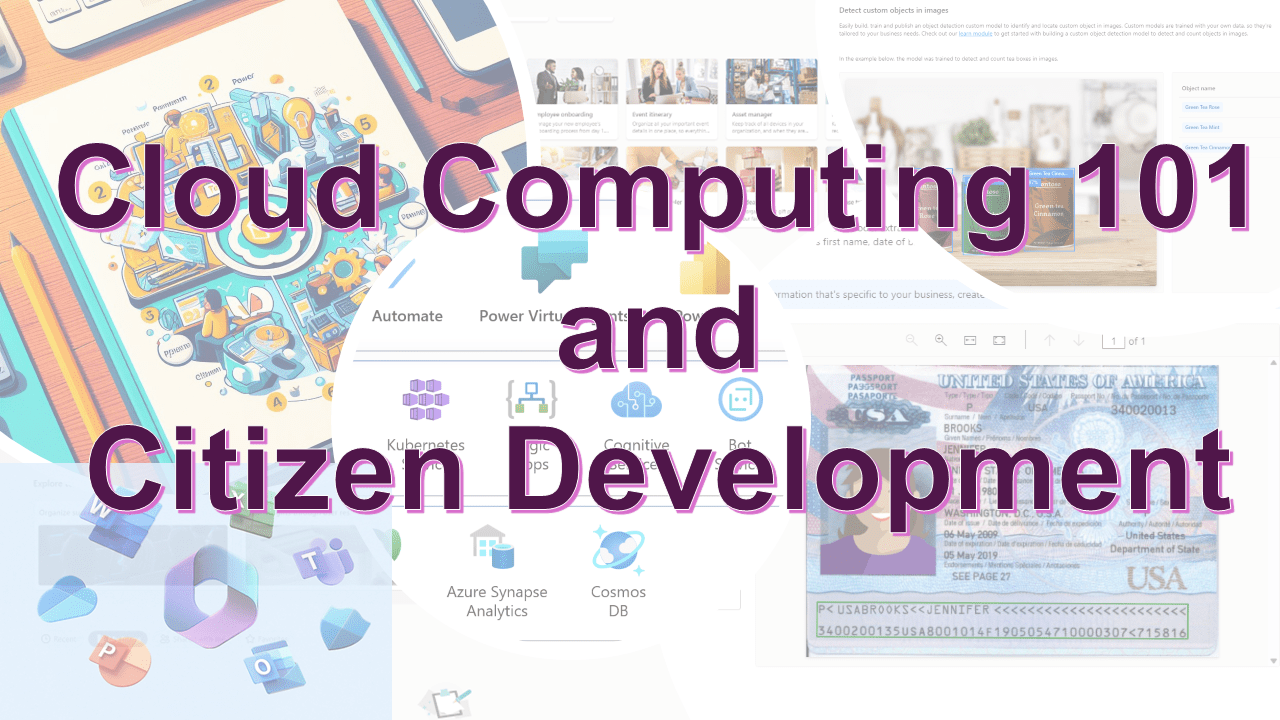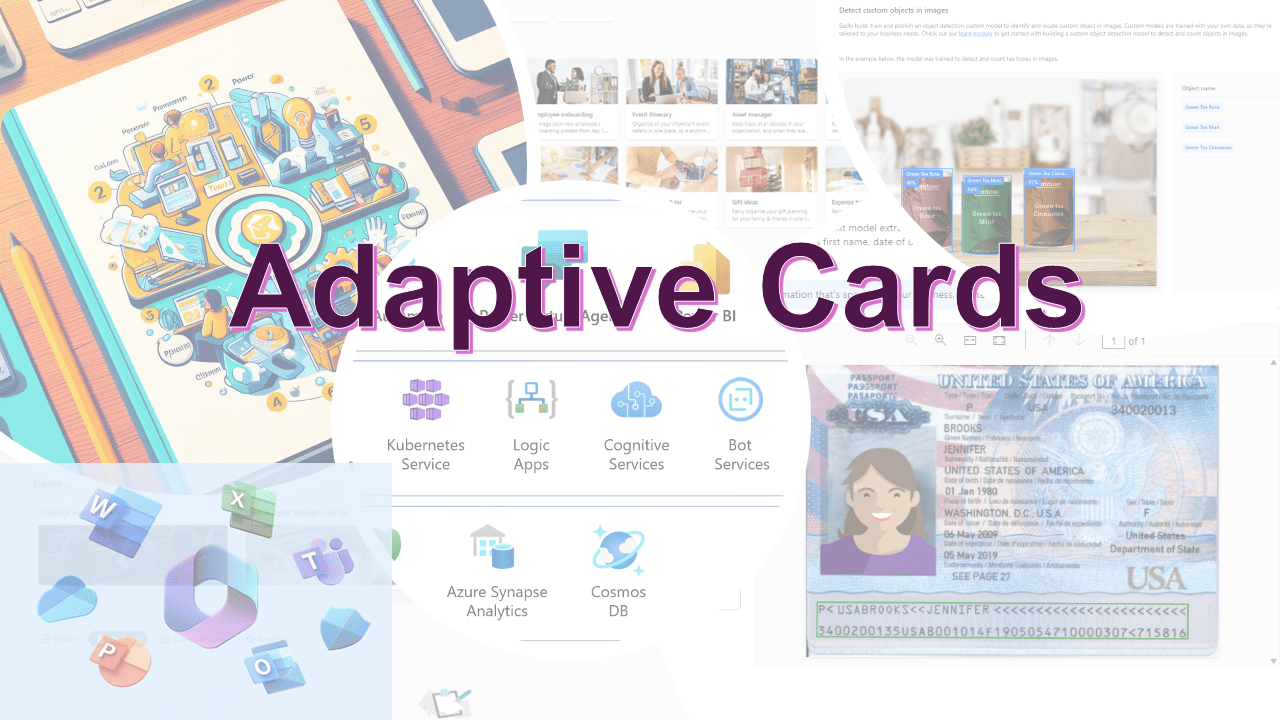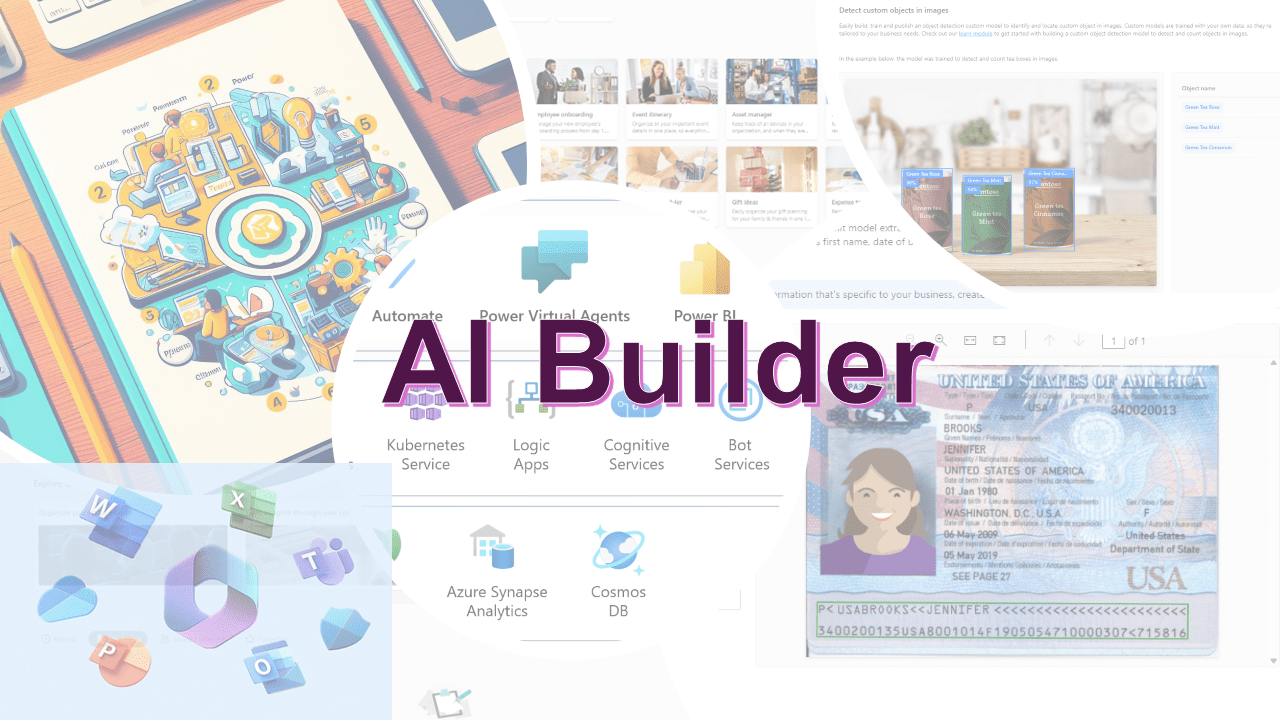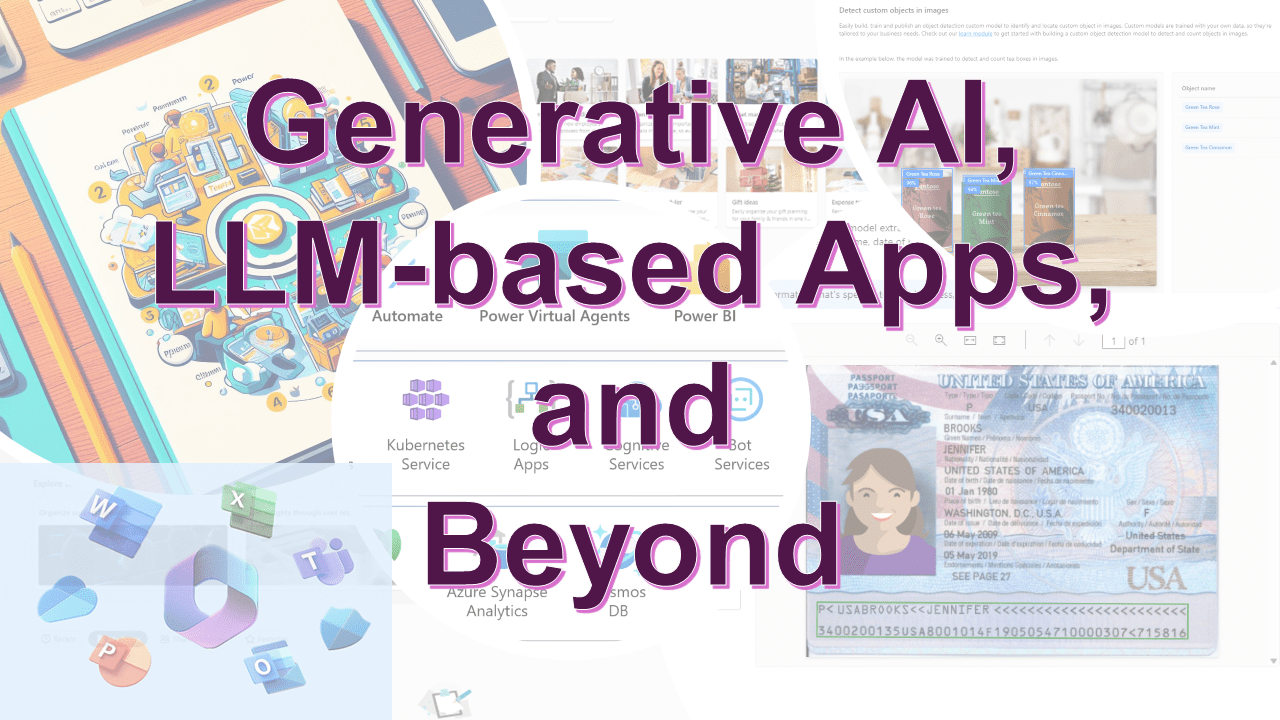As human augmentation technologies evolve, the convergence of AI, robotics,
and extended reality (XR) is redefining human potential -- enhancing cognition,
perception, and physical abilities. However, these advancements also introduce
ethical dilemmas, security risks, and concerns over loss of control. This
workshop explores both the transformative potential and the unintended
consequences of augmentation technologies. Bringing together experts from HCI,
neuroscience, robotics, and ethics, we will examine real-world applications,
emerging risks, and governance strategies for responsible augmentation. The
session will feature keynote talks and interactive discussions, addressing
topics such as AI-enhanced cognition, wearable robotics, neural interfaces, and
XR-driven augmentation. By fostering multidisciplinary dialogue, this workshop
aims to generate actionable insights for responsible innovation, proposing
ethical frameworks to balance human empowerment with risk mitigation. We invite
researchers, practitioners, and industry leaders to contribute their
perspectives and help shape the future of human augmentation.























